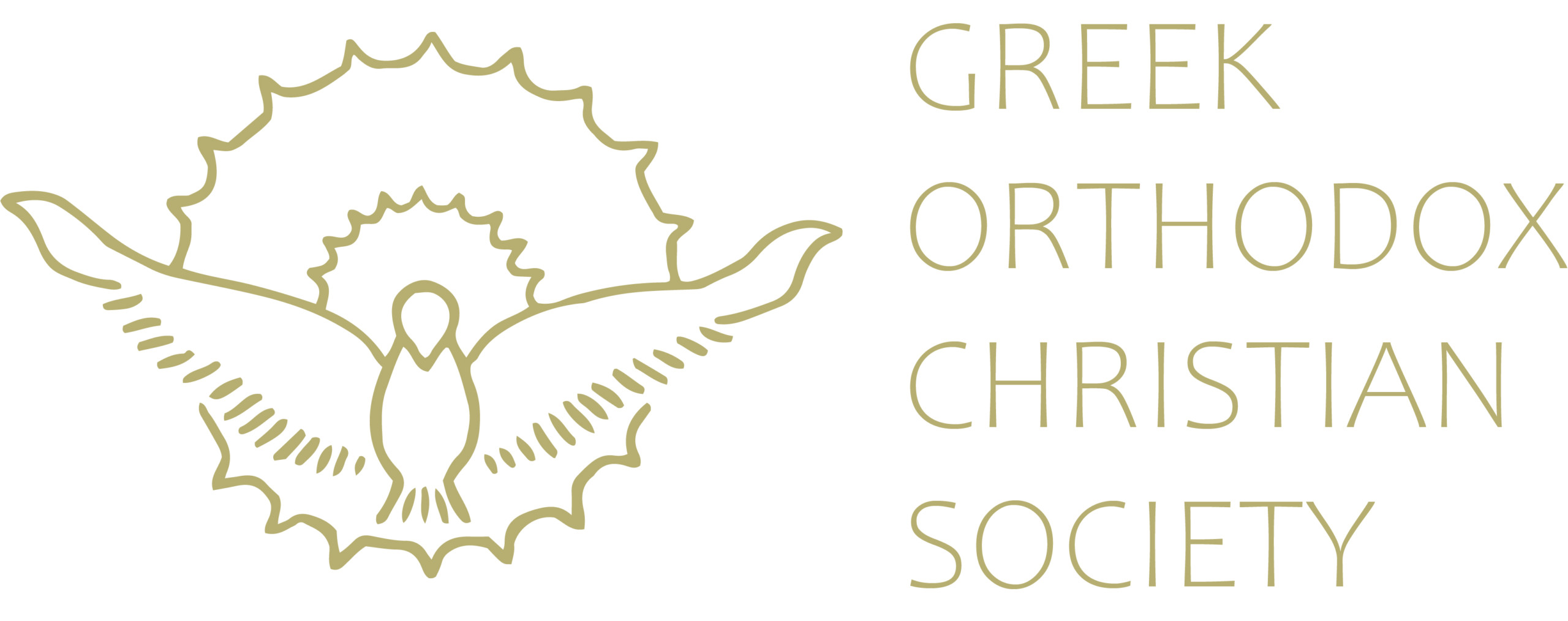St Achilles, the Miracle Worker
(Commemorated 15th May)
Born around 270AD to an imperial patrician family in Cappadocia, St Achilles received a good education, especially in philosophy. On the death of his parents, he sold all his property, gave the money to the poor, and went on a pilgrimage to the Holy Lands and then onto Rome. He became a monk and finally settled in Larissa, Thessaly. In recognition of his holiness of life St Achilles was made Bishop of Larissa.
He was present at the 1st Ecumenical Council (325AD) where he challenged the Arians: “If Christ is a creature of God, as you say, tell oil to flow from this stone.” The heretics kept silent, amazed at this demand. The saint continued: “And and if the Son of God is equal to the Father, as we believe, then let oil flow from this stone.” The oil flowed out of the stone. Following this miracle he returned to Larissa where he destroyed many pagan temples, built and adorned many churches, and focused on philanthropy and spirituality.
St Achilles had the gift of healing sickness, especially demonic possession. He fell asleep in Larissa and was buried there around 335AD. His feast day is on 15 May. In 985AD his relics were taken by a Bulgarian tsar to the Island of Prespes (now known as St Achilles) near Florina. They were returned to Larissa in 1981. There have been numerous miracles attributed to St Achilles.
In the early 1380s, due to the worldly behaviour of the locals, St Achilles left Larissa at the same time that St Dimitrios left Thessaloniki. A passer-by saw two old men, one on a horse and one on foot. They introduced themselves as St Dimitrios and St Achilles. Soon after this, the town of Larissa and the city of Thessaloniki were invaded by the Hagarenes. During World War I and World War II bombs were fired at Larissa, but none ever hit the town. The protection is attributed to St Achilles.
Source: Lychnos April – May 2019
